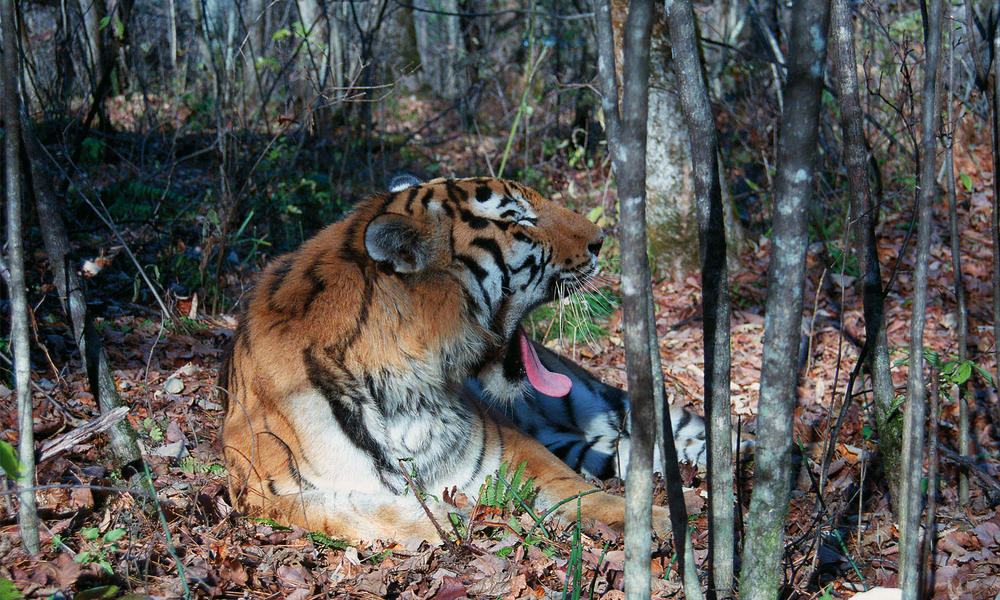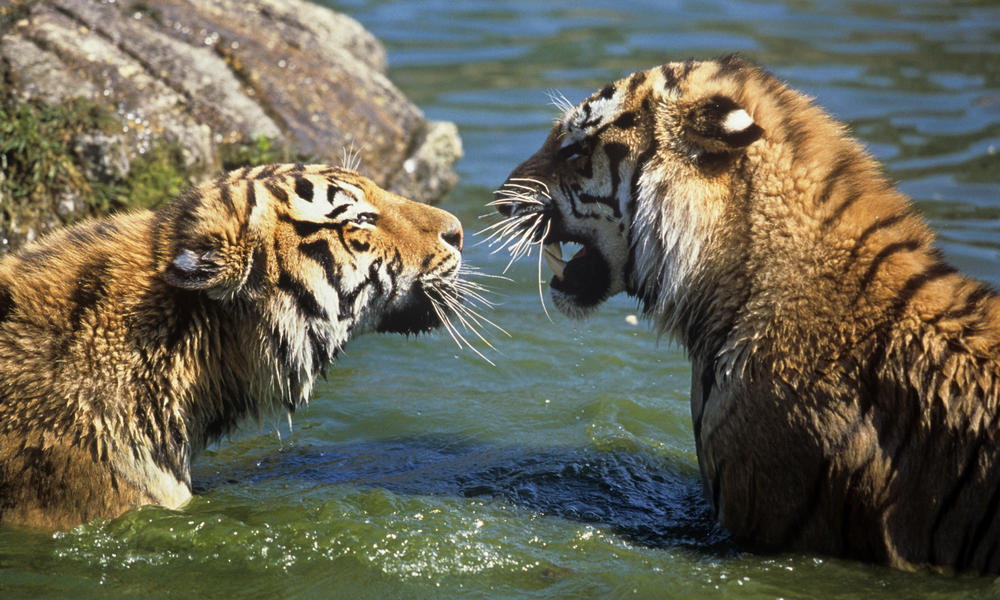
Extinction Spotlight: The Amur Tiger
What Are Amur Tigers?
Amur Tigers, also known as Siberian tigers, are a subspecies of Tiger inhabiting the Sikhote Alin Mountain region. They are one of the biggest living cats, with an adult male outweighing even a lion by around 100lb. They are on average 77 inches long for the males, with females a few inches shorter. They can travel up to 1000km for food, mating at any time of the year, and have a diet of Deers, Moose, Wild boars, rabbits, salmon and hares.

What Is Their Status?
In the 1940’s, there were just 40 individuals of the Amur Tiger species left anywhere in the world. The tigers were once found throughout eastern Russia, Northern China and Korea, but hunting had driven the animal to near extinction. The species was saved however when Russia gave the animal protection. Over the next forty years, the population slowly increased to around 500, despite the pressures placed on the subspecies by poaching and hunting.
The habitat of the animal is now highly restricted to pockets of the Sikhote-Alin range in the Primorski and Khabarovsk provinces of the Russian Far East. The Amur Tigers have the largest range of any Tiger as they have to roam over massive areas in order to find prey, as the densities are so low. There are around 540 left in the wild, with the extinction risk labelled as ‘Endangered’.
The illegal wildlife trade is the biggest threat to the subspecies. Tiger parts are extremely valuable on the black market, with international, well armed gangs of poachers being able to hunt the animals with extreme accuracy. In addition, habitat loss is a big danger, with logging, urban expansion, road construction, mining and other such expanses of civilisation reducing the range these animals have. In addition the pressures on their natural prey, such as wild boar and deer, makes finding food more difficult for the animal.

What can you do to help?
One of the main things you can do to help is by sponsoring organisations that help defend the animal. The WWF is one of the main organisations doing this, monitoring populations, protecting habitats, increasing the tiger prey and lobbying governments to protect the areas themselves. Adopting a tiger could help their efforts, you can do so by following this link here.



